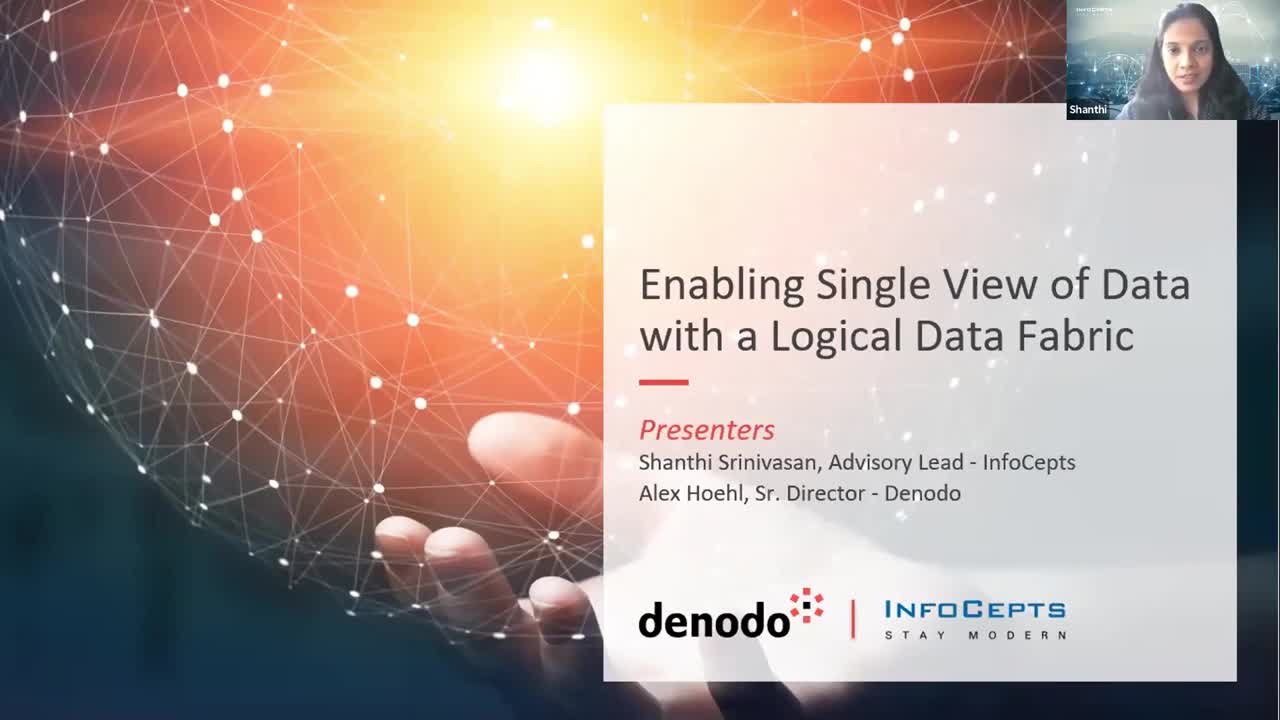Businesses deal with surging data levels, new technologies, and the need to generate fresh insights every day. The best data asset is of no value if your users or systems cannot discover, browse, understand, and use it with ease.
Data Related Challenges Faced by Organizations
While data and tools are widespread today, many organizations are unable to derive business value from data at speed. After investing years of efforts in building data lakes, data warehouses, reports, and self-service capabilities, they find that generating insights from ad-hoc granular data is still very time consuming—their data consumption tools are self-service, but data provisioning is not.
Departments seeking to frequently combine internal data with newer external data invest in MIS staff for manual data blending which is time consuming and error prone. Use cases like customer journeys and customer 360 insights not only requires data from multiple business operations that are spread across multiple data sources, but the data questions are also typically ad-hoc requiring experimentation at speed. The need for governed access to sensitive data compounds this challenge.
Organizations are seeking a zero-touch approach for data blending, google-like search interface for data, and self-service data provisioning supported by business catalog to speed discovery, consumption, and collaboration.
Enabling a Single View of Data With a Logical Data Fabric
Data virtualization is a logical data layer that integrates all enterprise data siloed across the disparate systems and delivers unified data services to application and users in real time. The data virtualization layer contains no actual data but only the metadata required thus enabling data access on the fly, without the costs of moving and storing data. It makes self-service analytics a reality for business users by unifying fragmented data while maintaining data integrity and eliminating data provisioning delays.
Data virtualization makes centralized security management possible through a unified access layer where all access policies and privacy rules can be maintained in a single place. When data consumers need to access a source, they do so through the data virtualization layer, which contains the metadata for accessing each source, and returns a secure, virtualized view of the data to the consumer in real-time. These views are typically traceable and auditable and will be delivered only to authorized consumers.
Some of the key benefits of data virtualization are listed below:
- Flexibility: Adds flexibility to enterprise data integration architectures to virtualize and integrate inherently different data models as well as experiment with diverse data types much faster using a fail-fast approach
- Agility: The abstraction layer provides agility for creating semantically standardized views of data, independent of the underlying physical construct and representation of that data
- Reusability: Enables creation of shared, reusable data access layer to deliver data-as-a-service for varied business needs
- Cheaper: Reduced costs for developing, managing, maintaining integration flows, reduced data movement and storage costs
- Faster: Shorter time to value enabled by self-service capabilities
Watch Us On Demand
In a recent session at the MarketsandMarkets Big Data 2020 APAC Virtual Summit, I along with Alexander Hoehl, Senior Director of Business Development (APAC) from Denodo, discussed common data-related challenges faced by our banking clients, what data virtualization means, and how it modernizes your data landscape, enabling a single view of business data in real-time, whether for customer360, financial intelligence, risk or regulatory compliance.
We also talk about some of the customer use cases and how we can help you solve your unique data-related challenges.

Self-service: The Time is Now
Create confidence in your decisions through a self-service single view of data and get the most out of your data. No matter where you are in your data and analytics journey, we are here to help. Get started today with Infocepts.
Recent Blogs

The Future of Supply Chains Is AI-Driven—Is Your Business Ready to Embrace the Change?
July 2, 2025

What Retail Media Can Learn from Instacart’s AI Strategy
June 24, 2025

Beyond Chatbots: How Agentic AI Is Automating High-Stakes Business Decisions
June 11, 2025

From Batch to Real-Time: The Future of Data Distribution Using Databricks Delta Sharing
June 4, 2025


